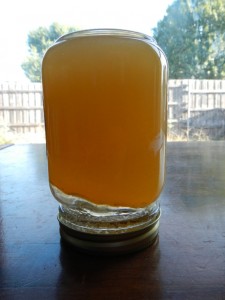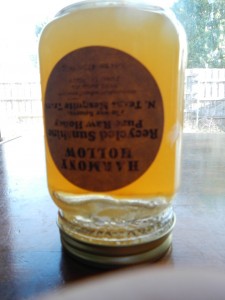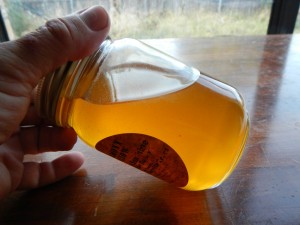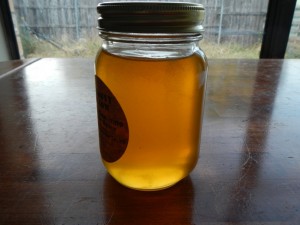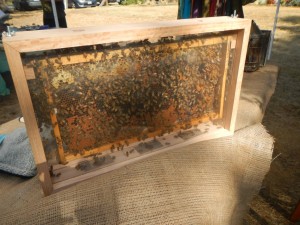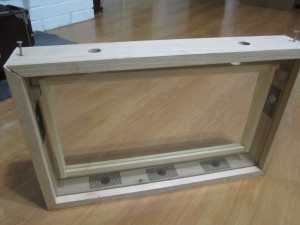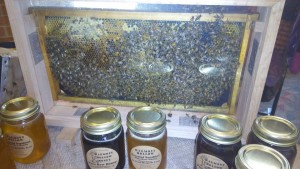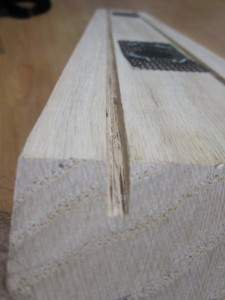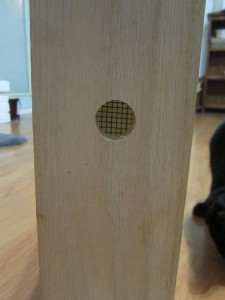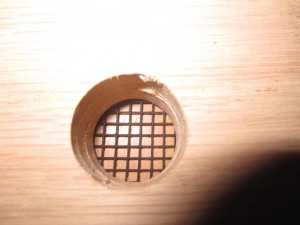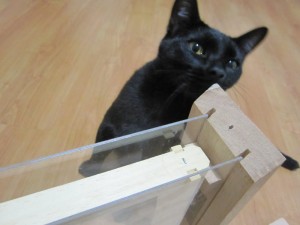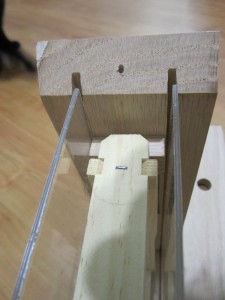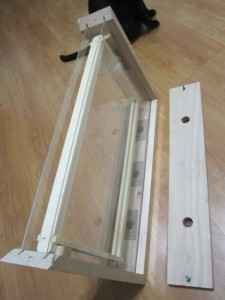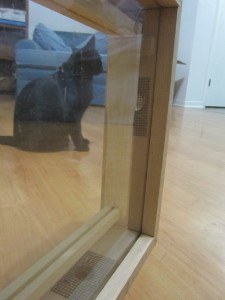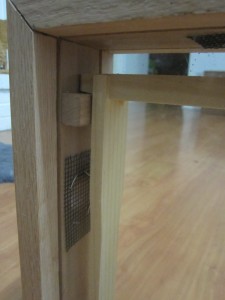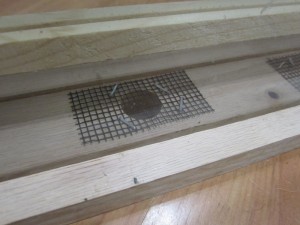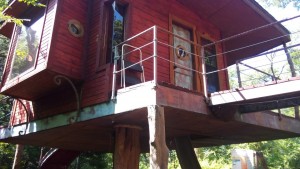No – Not directly “beekeeping” related – however, when I perform a bee removal in a location too far from electricity – I need my generator(s) to be able to do their job. Since we are about to enter the cooler part of the year when generators are likely to be used more for other purposes – I thought it would be a great time to do a little maintenance on my generators.
Mine have sat for over a year without being used. That means that any moisture in the gas system may have rusted and caused debris to form in the gas tank and/or carburetor bowl.
Sure enough – neither of my generators would start when I tried to fire them up. I sprayed a little starter fluid into the carburetor of each – and they would run for a few seconds. This means that my most likely culprit is fuel delivery. Something is clogged somewhere.
Unfortunately – I took no photos while I was working. My hands were covered in gasoline, oil, grease, and starter fluid. I was not about to touch my phone or camera for the purpose.
My small generator is a 6.5A generator. Yes – a Harbor Freight small portable 2-cycle engine generator. At 6.5 Amps – it will not run my vacuum for doing bee removals – but it will run small hand tools. Since it is 2-cycle, oil is added to the gasoline. This means that any gas that sits in the system (carb bowl) is prone to clogging up small orifices like the carburetor jets. I carefully took the bowl off of the carburetor on the generator, and sure enough – the brass jet was clogged with a gel-like coagulation of oily mess. I quickly ran a small wire gauge through the jet, and used some spray carburetor cleaner to clear the jet – and re-installed it. After putting it all back together, and turning the fuel back on – the generator started on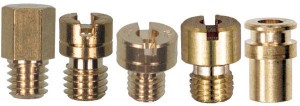 the first pull of the rope. Success!
the first pull of the rope. Success!
Here is a sample photo of what some carburetor jets look like if you have never seen them. There is a tiny hole going through the brass – that lets a metered amount of fuel to enter the engine as it is mixed with air for combustion.
My larger generator (3600 watts @ 120v – and WILL run my bee-vac – and is *NOT* from HF) has a 4-cycle engine on it – so no oily gas… The carb bowl was rusted, though – and again – there was debris clogging the fuel delivery jet. More cleaner, a bit of air blown through the system… put it back together – and again – started on the FIRST pull. Success again!
Maintain your motorized equipment – especially when it’s seldom used. A lawn mower is (or should be) used pretty regularly – so there’s less opportunity for the carburetor to clog the jets. However, when a generator or pressure washer sits for a long season – expect to do a little maintenance to keep things running smoothly.

